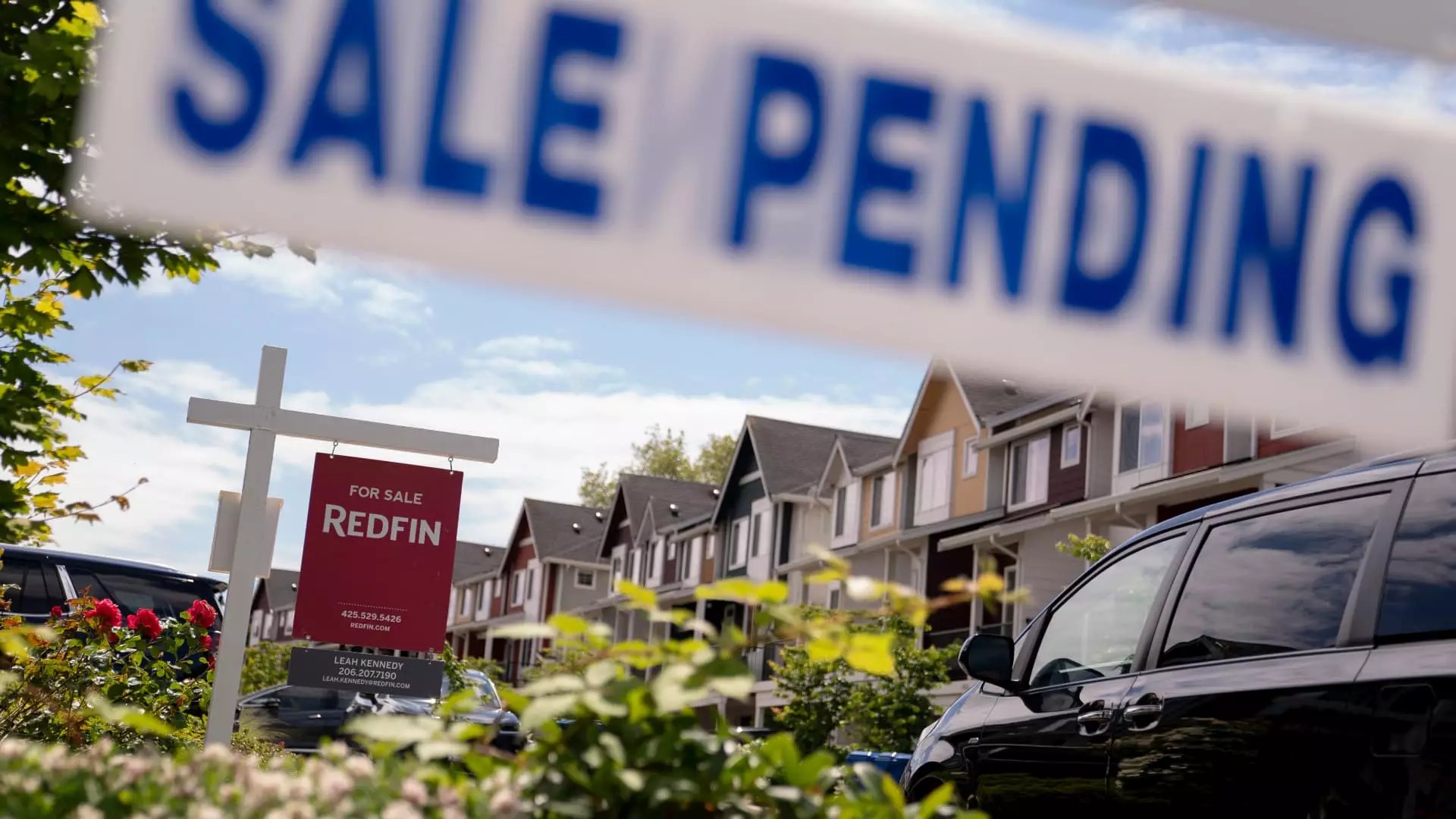The housing market experienced a significant downturn in January, with home sales plummeting due to a combination of high mortgage rates and inflated home prices. According to the National Association of Realtors (NAR), pending home sales, which track signed contracts for existing properties, fell by 4.6% compared to December. This represents the lowest level of activity recorded since the NAR began monitoring this data in 2001, and a stark 5.2% decrease from the same month a year prior. This moderation in sales signals potential challenges for future market stability, as pending sales often indicate upcoming closings.
Lawrence Yun, the chief economist at NAR, suggests that while the unusually cold weather experienced during January may have deterred some potential homebuyers, the overarching issue appears to be affordability. Home prices remain stubbornly high, alongside persistent elevated mortgage rates, compromising the financial accessibility of homes for many consumers. In regions like the Northeast, where monthly sales unexpectedly increased, the impact of poor weather patterns may not have been as consequential. Conversely, the South—historically a dynamic region for home transactions—suffered the largest decline, prompting questions about regional disparities and influences within the market.
The mortgage landscape further complicates the situation for buyers. Throughout January, the average rate for a 30-year fixed mortgage consistently exceeded 7%, rising sharply following a brief period below that threshold in early December. Higher borrowing costs directly correlate with diminished buyer interest, further exacerbating the issues surrounding affordability amid rising home prices.
Even with recent trends of home prices easing in select markets, the national picture still shows values higher than they were a year ago. It’s critical to note that, despite a 17% increase in the inventory of homes available for sale—including those under contract but not finalized—this surge has not translated into increased sales. The inventory growth marks the 14th consecutive month of yearly increases, yet the distribution of this inventory is uneven across the country, according to Realtor.com’s economist, Hannah Jones.
While January’s figures paint a pessimistic picture of the real estate market, potential improvements may lie on the horizon. As seasonal temperatures rise and economic conditions evolve, increased buying activity could re-emerge, particularly if mortgage rates stabilize or decrease. A balanced distribution of home supply could also catalyze renewed buyer interest, paving the way for a more robust market in the forthcoming months.
The slow down in home sales in January, while concerning, may also serve as a precursor to a market revival, dependent largely on shifts in mortgage rates and economic conditions. The experiences of this month provide a critical reflection point for prospective buyers and the industry at large, as they adapt to an ever-changing real estate landscape.


Leave a Reply